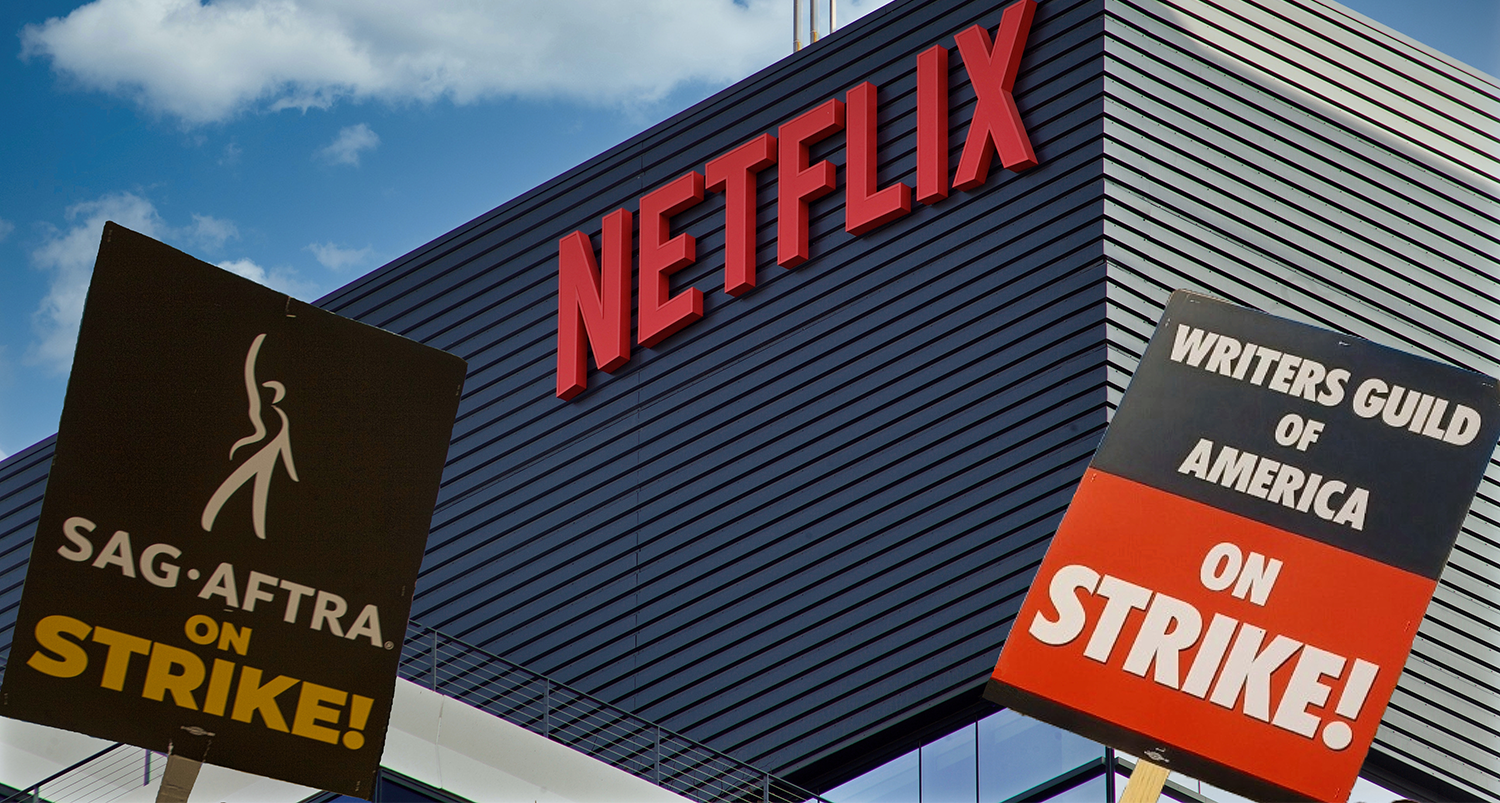The Writer’s Strike Is Over. WGA Leadership Authorizes Return to Work
However, it could be weeks or months until production returns to where it was before the work stoppage.
In a historic Hollywood labor battle, the 148-day writers’ strike, the second longest Writers Guild of America (WGA) history, concluded at 12:01 a.m. PT Wednesday, September 27. This decision follows a vote from guild leadership authorizing approximately 11,500 members to return to work. Tasks previously prohibited by strike rules, such as pitching, selling scripts, meetings, and responding to notes, will now be allowed, enabling writers’ rooms to reconvene.
The WGA negotiating committee clarified that this move permits writers to resume work during the contract ratification but doesn’t impact the members’ right to decide on contract approval. Despite the strike’s end, the tentative agreement between the union and studios reached on Sunday night still needs ratification through a vote scheduled between October 2 and October 9. Members will also attend informational meetings to discuss the new deal in person and via Zoom.
The agreement, spanning three years, was achieved after renewed negotiations that gained momentum starting September 20, with significant industry leaders present at the bargaining table. Studios, represented by the Alliance of Motion Picture and Television Producers (AMPTP), made crucial concessions, particularly regarding minimum staffing in television writers’ rooms and rewarding writers for streaming project success. The issue of regulating artificial intelligence was a persistent challenge, eventually leading to a compromise.
The WGA lauded the resulting agreement as “exceptional.” On Tuesday, the WGA West Board and WGA East Council approved the deal, initiating the vote to lift the restraining order against AMPTP member companies. However, it may be weeks before production activity returns to anywhere close to the levels before the work stoppage began on May 2. Late-night and talk shows are expected to be the first to return to production.
This development marks the end of one part of a historic labor standoff in Hollywood, the first of its kind in over 60 years. SAG-AFTRA, however, remains on strike, and negotiations with the AMPTP have yet to yield new bargaining dates. The deadlock persists over general wage increases, platform subscriber revenue sharing, and regulations concerning artificial intelligence. Even with writers returning to work, meaningful production can only resume with the participation of principal performers. “SAG-AFTRA congratulates the WGA on reaching an agreement. While awaiting reading it, we remain committed to fighting for our members,” says the union. “We remain on strike and ask the AMPTP and studio executives to return to the negotiating table and reach a compromise that benefits both parties.” With the writers’ strike resolution, a deal between actors and producers is expected to be more accessible.
Source: The Hollywood Reporter
Share:
However, it could be weeks or months until production returns to where it was before the work stoppage.
In a historic Hollywood labor battle, the 148-day writers’ strike, the second longest Writers Guild of America (WGA) history, concluded at 12:01 a.m. PT Wednesday, September 27. This decision follows a vote from guild leadership authorizing approximately 11,500 members to return to work. Tasks previously prohibited by strike rules, such as pitching, selling scripts, meetings, and responding to notes, will now be allowed, enabling writers’ rooms to reconvene.
The WGA negotiating committee clarified that this move permits writers to resume work during the contract ratification but doesn’t impact the members’ right to decide on contract approval. Despite the strike’s end, the tentative agreement between the union and studios reached on Sunday night still needs ratification through a vote scheduled between October 2 and October 9. Members will also attend informational meetings to discuss the new deal in person and via Zoom.
The agreement, spanning three years, was achieved after renewed negotiations that gained momentum starting September 20, with significant industry leaders present at the bargaining table. Studios, represented by the Alliance of Motion Picture and Television Producers (AMPTP), made crucial concessions, particularly regarding minimum staffing in television writers’ rooms and rewarding writers for streaming project success. The issue of regulating artificial intelligence was a persistent challenge, eventually leading to a compromise.
The WGA lauded the resulting agreement as “exceptional.” On Tuesday, the WGA West Board and WGA East Council approved the deal, initiating the vote to lift the restraining order against AMPTP member companies. However, it may be weeks before production activity returns to anywhere close to the levels before the work stoppage began on May 2. Late-night and talk shows are expected to be the first to return to production.
This development marks the end of one part of a historic labor standoff in Hollywood, the first of its kind in over 60 years. SAG-AFTRA, however, remains on strike, and negotiations with the AMPTP have yet to yield new bargaining dates. The deadlock persists over general wage increases, platform subscriber revenue sharing, and regulations concerning artificial intelligence. Even with writers returning to work, meaningful production can only resume with the participation of principal performers. “SAG-AFTRA congratulates the WGA on reaching an agreement. While awaiting reading it, we remain committed to fighting for our members,” says the union. “We remain on strike and ask the AMPTP and studio executives to return to the negotiating table and reach a compromise that benefits both parties.” With the writers’ strike resolution, a deal between actors and producers is expected to be more accessible.
Source: The Hollywood Reporter









